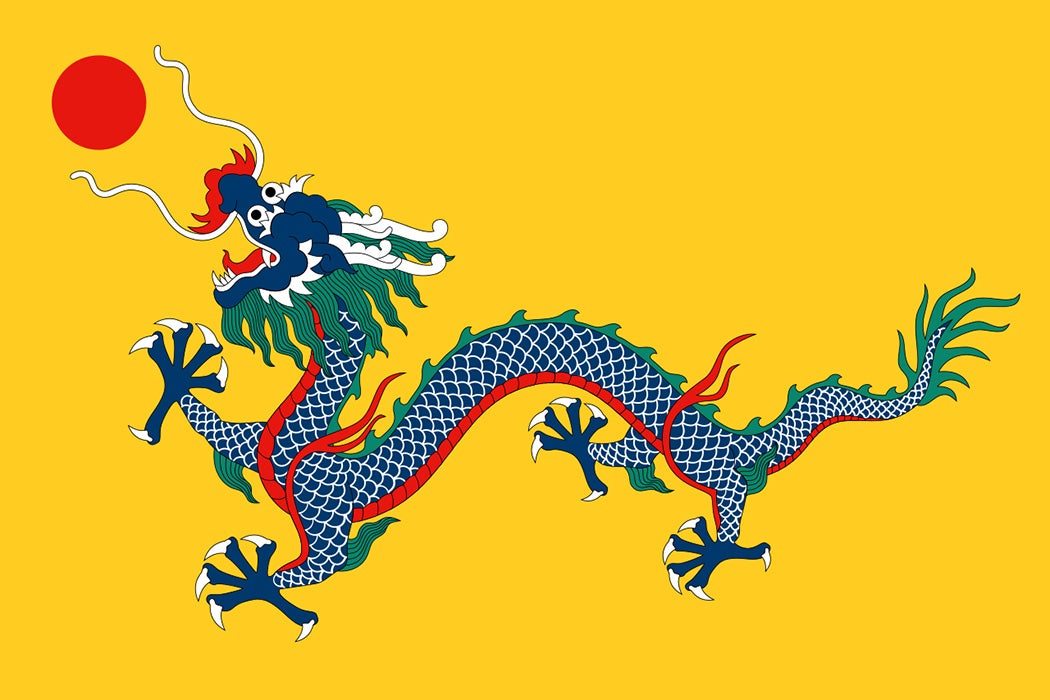There was a long history of watching the skies over China before Jesuit missionaries brought European astronomy to China in the late Ming dynasty (1368–1644). From at least the Eastern Han period (25–220), writes scholar Lü Lingfeng, the prediction of both solar and lunar eclipses “played a very special role in traditional Chinese political astrology.”
Eclipses could be seen as signs of divine dissatisfaction with a ruler. To maintain their legitimacy, rulers needed to know when eclipses were coming. Additionally, eclipses were “among the most important celestial events for judging the precision of a system of calendrical astronomy.” The accuracy of a calendar, in short, could be confirmed “by eclipse predictions and observations.”
Lü argues that European or Western astronomy’s “exactitude in the calculation of celestial phenomenon, especially solar and lunar eclipses” is why it came to dominate imperial astronomy by the early Qing dynasty (1644–1911).
During the Ming dynasty, the Datong li, or Great Inception Calendar, was the official calendar of the state. But it “frequently showed errors in eclipse prediction,” writes Lü. Officials of the Bureau of Astronomy “were unable to introduce improvements and suppressed any suggestion of revision.” Reformers—even if a member of the imperial family—were put off or ignored by the bureaucracy. Meanwhile, European or Western approaches were more and more discussed outside the narrow confines of the Bureau, sparked by Jesuit missionaries and the books they’d brought with them.
A run of Bureau of Astronomy’s blunders in predicting the timing of solar eclipses—which drove the Ministry of Rites to distraction—lasted until the reign of the Chongzhen emperor (1628–1644). Chongzhen, the last of the Mings, initiated a “calendar debate” between Chinese (Datong li), Islamic (Huihui li), and European astronomy to see which system worked best.
“All the predictions, observations and retrospective calculations showed the Western method to have been overwhelmingly more accurate than the Datong li and Huihui li,” writes Lü. “In the prediction of solar eclipse times, the standard error of the Western method was about 13 minutes, while the stand error of the Datong li was about 24 minutes.”
There were “interesting exceptions,” including for a June 21, 1629, solar eclipse. Lü notes that “the prediction provided by the Datong li was very bad, but those made by the Western method even worse.”
Lü argues that the Chongzhen emperor was determined to use Western methods of calendar reform, but internal opposition kept that from happening during his reign.
When the Shunzhi emperor initiated the start of the Qing dynasty in 1644, Johann Adam Schall von Bell, a German Jesuit and astronomer, was appointed Reviser of the Calendar. This, notes Lü, “marked the final victory of the Western method in China.” The subsequent “Calendar lawsuit” of 1664–1668 saw traditional Chinese astronomers led by Yang Guangxian temporarily turn out the Westerners. Schall von Bell and other Jesuits were imprisoned and scheduled for execution, but they ended up being exiled instead. Counter charges made by Flemish Jesuit astronomer Ferdinand Verbiest against Yang Guangxian so impressed the next emperor, Kangxi, that he took up studying Western astronomy and mathematics himself.
Weekly Newsletter
These Western methods weren’t without error. But autocracy has a way of papering over errors when necessary. The Kangxi emperor’s “excessive trust in Western astronomy” meant that after he personally spotted an error in the observation/calculation of a 1704 eclipse, he decreed “it is not possible that the new method can produce any mistakes.” It had to be an “erroneous transcription or was committed by the calculators.” The unfortunate calculators were duly punished.
Lü concludes that even with Western methods, Chinese imperial astronomy “continued to be a pragmatic tool for fulfilling the ritual and political role of the Bureau of Astronomy in the bureaucratic hierarchy centered on the emperor.” The point was not science as defined in the West; the Bureau of Astronomy didn’t aim “to explore the real principles of the celestial motions through careful observation.” Rather, the production of careful and accurate astronomical data was all political, part of the maintenance of the mandate of heaven under which China’s rulers claimed to rule.
Support JSTOR Daily! Join our membership program on Patreon today.







